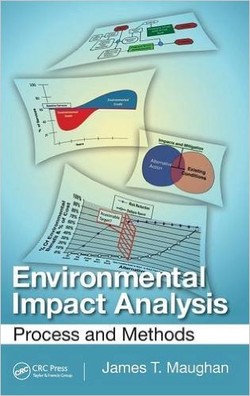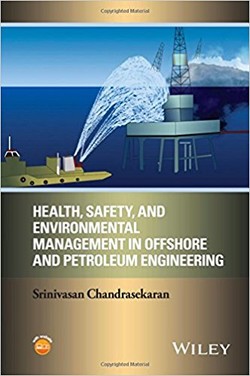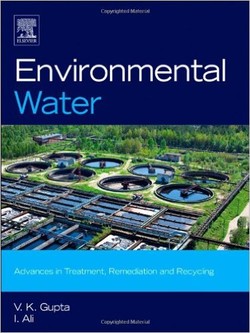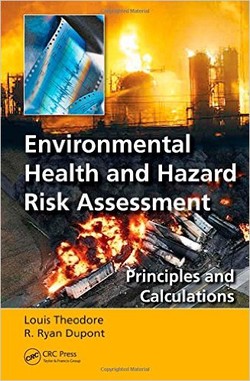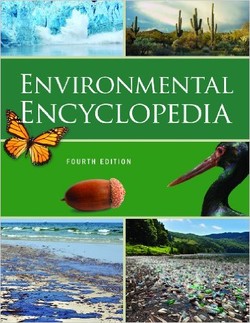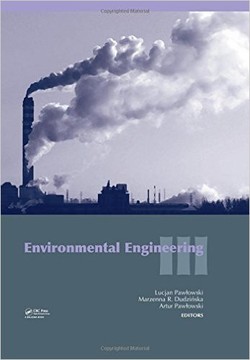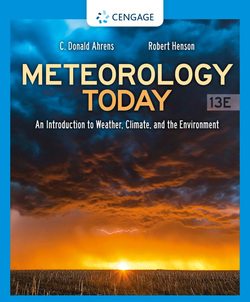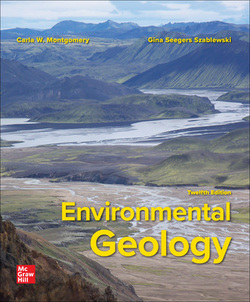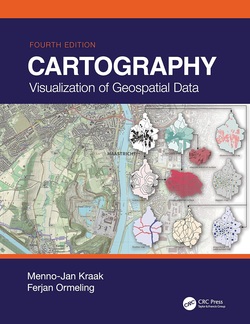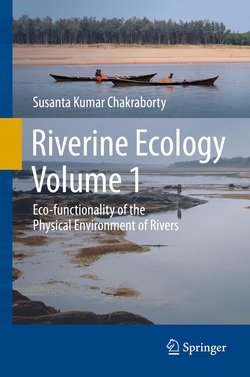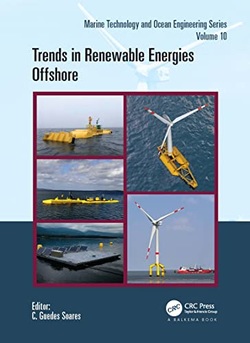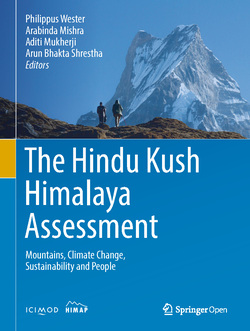تحلیل اثرات زیست محیطی
قیمت 16,000 تومان
هزاران تحلیل زیست محیطی در هر سال برای پاسخگویی به نیازمندیهای قانون سیاست زیست محیطی ملی آمریکا (NEPA) و برنامههای مشابه دیگر، وجود دارد.
کتاب “تحلیل اثرات زیست محیطی” توسط نویسندهای با 35 سال تجربه در زمینه مشاوره، پژوهش و آموزش زیست محیطی، نوشته شده است که آمادهسازی EIAها را نه تنها آسانتر بلکه کاملتر نیز میکند.
این کتاب یک راهنما برای تحلیلهای آمادهسازی موفق ارائه میدهد که از لحاظ قانونی، قابل دفاع هستند، یک پایه برای حفاظت از محیط زیست ایجاد میکند و پروژها، برنامهها و سیاستهای بهتری تولید میکنند.
سال انتشار: 2013 | تعداد صفحات: 400 | حجم فایل: 8.15 مگابایت | زبان: انگلیسی
Environmental Impact Analysis: Process and Methods
نویسنده:
James T. Maughan
There are thousands of environmental analyses prepared each year to meet the requirements of the National Environmental Policy Act (NEPA) and similar programs. Written by an expert with 35 years of experience in environmental consulting, research, and education, Environmental Impact Analysis: Process and Methods makes the preparation of EIAs not only easier but more thorough. It provides a guide to successfully preparing analyses that are legally defensible; establish the base for environmental protection; and produce better projects, plans, and policies.
Following an informal description of the legal requirements, the book breaks down the analysis process into a logical flow of steps and available methods to identify impacts, compare alternatives, and develop impact mitigation measures. The author illustrates each step and analysis method with examples from case studies he managed, providing insight not available from an independent review of the cases. He offers a comprehensive and consistent approach to analysis with each chapter building on information presented in previous sections.
The book also describes methods from other programs such as hazardous waste clean-up and Natural Resources Damage Assessment and explains how they can be adapted for use in environmental impact analysis. It compares a diverse array of multi-level environmental impact analysis approaches. Readers learn not only how to produce an environmental document that meets regulations but also clearly maximizes the benefits of the analysis and results in a more useful product with strong stakeholder support.
